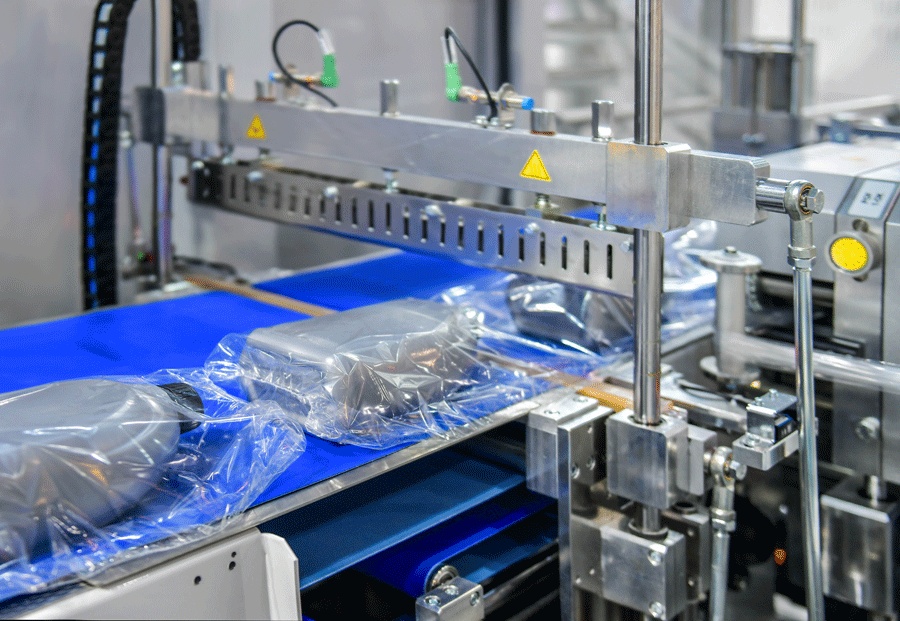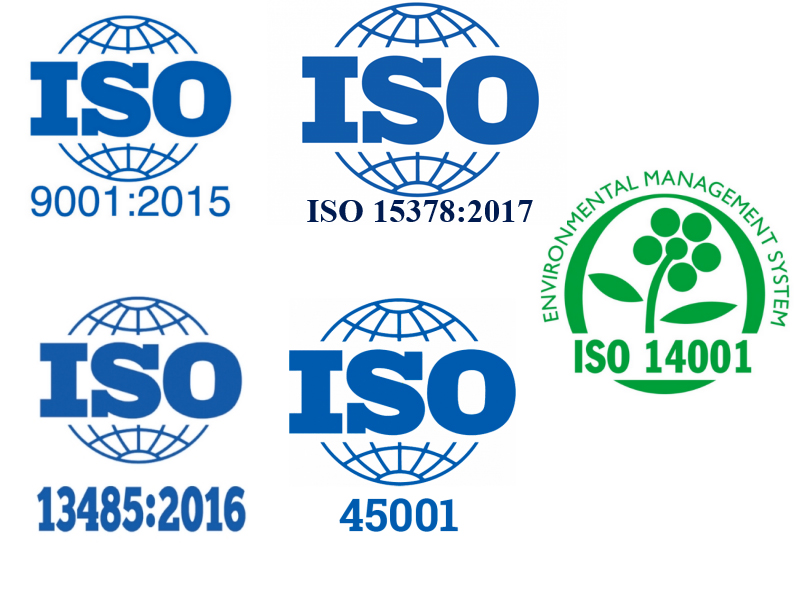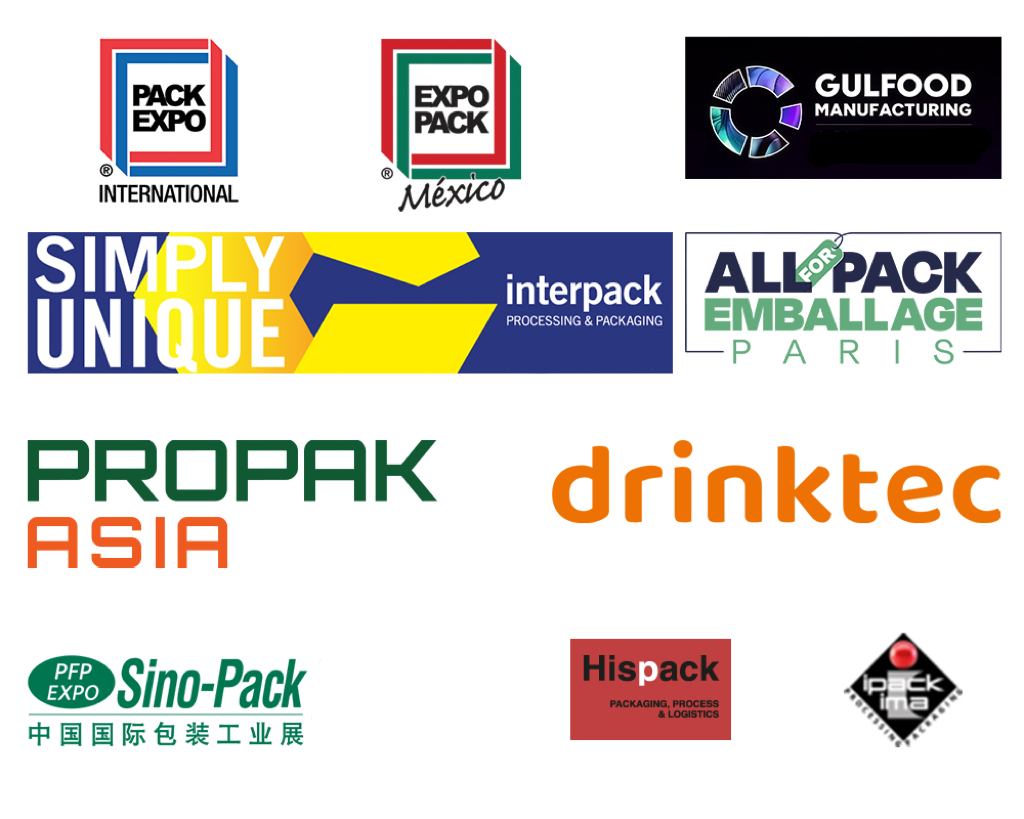The essential parts of a capsule filling machine include capsule hopper, capsule magazine, and capsule plate. The other important parts include the dosing disc, powder hopper, tamping pins, control pan, and tamping ring. However, these components could vary based on the type of machine. Let’s explore different types of capsule filling machines and their components in detail.
What Makes Up a Manual Capsule Filling Machine?
Manual capsule filling machines are the simplest type. They contain basic but essential parts:

Capsule Holding Plate
This flat plate has holes that hold empty capsules in place. Each hole perfectly fits standard capsule sizes.

Tamping Tool
A small device used to compress powder into capsule bodies. It ensures even filling and proper density.

Powder Tray
A simple container that holds the powder or granules you want to fill into capsules.

Separation Ring
This part helps separate capsule caps from bodies during the filling process.

These manual machines are perfect for small-scale operations. They’re affordable and easy to maintain.
Which Parts Are Found in Semi-Automatic Machines?
Semi-automatic capsule fillers combine manual control with mechanical assistance. Key components include:

Dosing Disc
A rotating disc with cavities that measure exact powder amounts. This ensures consistent filling.

Vacuum System
Creates suction to hold capsules in position during filling. It prevents capsules from moving or falling.

Filling Station
The main area where powder gets dispensed into capsule bodies.

Ejection Mechanism
Automatically removes filled capsules from the machine.

Control Panel
Simple buttons and switches to operate the machine. Users can adjust settings easily.

Semi-automatic machines boost productivity while maintaining quality control.
What Components Drive Automatic Capsule Filling Machines?
Automatic machines are the most sophisticated option. They feature advanced parts:

Hopper System
Large containers that store and feed capsules into the machine automatically.

Sorting Mechanism
Separates capsule caps and bodies using mechanical or pneumatic systems.

Dosing System
Precision equipment that measures and dispenses exact powder amounts consistently.

Closing Station
Automatically joins capsule caps with filled bodies to create complete capsules.

Conveyor System
Moves capsules through different stations smoothly and efficiently.

PLC Control System
Advanced computer controls that manage the entire filling process.

Reject System
Automatically removes defective or improperly filled capsules.

Weight Checking System
Monitors capsule weights to ensure accuracy and quality.

How Do These Parts Work Together?
Each machine type serves different production needs. Manual machines work great for small batches and testing. Semi-automatic versions suit medium-scale production. Automatic machines handle large-volume manufacturing efficiently.
Regular maintenance of these parts ensures smooth operation. Clean components regularly and replace worn parts promptly. This prevents downtime and maintains product quality.
Final Words
Understanding capsule filling machine parts helps you choose the right equipment. Whether you need manual, semi-automatic, or automatic machines, knowing component names and functions is essential. Start with your production requirements, then select the appropriate machine type and parts configuration.




